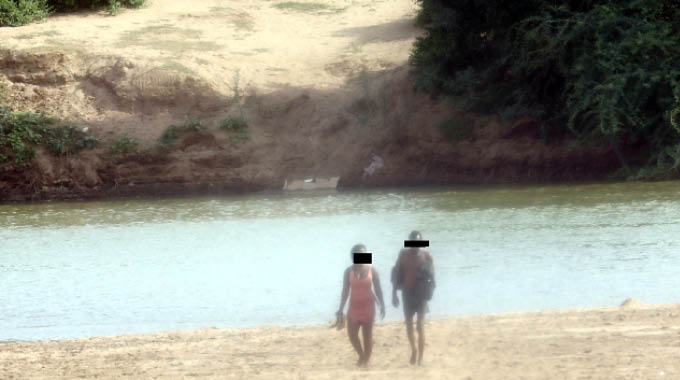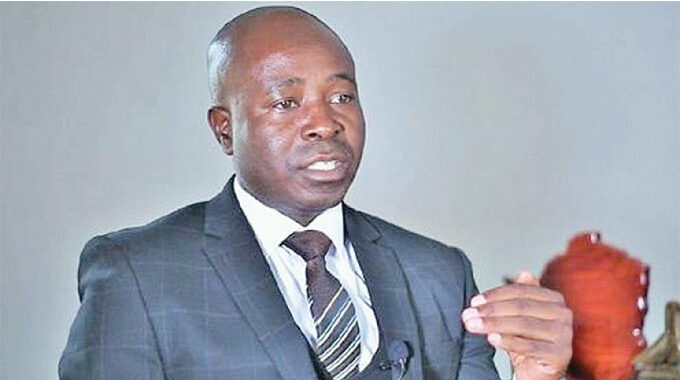COMMENT: Conservation agriculture, positive rainfall forecast bring hope for good harvest

Regional meteorologists, speaking at the end of the 24th Southern Africa Regional Climate Outlook Forum that was held virtually on August 27 and 28, declared that the bulk of Sadc is likely to receive normal to above-normal rainfall from next month to March 2021.
Environmental, Climate, Tourism and Hospitality Industry Minister Mangaliso Ndlovu, speaking days after the release of the regional outlook, said the country will receive enough rains over the next six months.
Region 1, which comprises the bulk of Mashonaland East, Mashonaland Central, north eastern parts of the Midlands and parts of Manicaland, will receive normal to above normal rains from October 2020 to March 2021.
Region 2, which consists of the bulk of Matabeleland North, parts of Midlands, and parts of Mashonaland West will receive normal to below normal rainfall during the period October to December 2020 and receive normal to above normal rainfall for the period January to March 2021.
Region 3, which consists of Masvingo, most parts of Midlands, extreme southern parts of Manicaland and the bulk of Matabeleland South will have normal to above normal rains from January to March 2021.
The positive prognosis for the 2020/21 season came some four months after the Government had introduced a new farming concept Intwasa/Pfumvudza that is intended to maximise crop productivity per unit area, even during drought periods. It involves concentrated utilisation of small pieces of land and applying the correct agronomic practices for higher returns.
The initiative can be used in low rainfall areas and still give high yields allowing smallholder farmers to achieve household food security, while large-scale farmers can produce for the strategic grain reserve.
The programme is meant to support over 1,8 million vulnerable households for maize with a standardised input package of 5kg seed, 12kg lime, 50kg basal and 50kg top dressing fertilizers. This package is enough to cover two small pieces of land and beneficiaries are expected to fully and religiously adopt conservation agriculture as a way to climate-proof the programme.
To get the ball rolling, Vice President Constantino Chiwenga launched, mid last month, the Climate Proofed Presidential Inputs Distribution Programme which is being run under the Intwasa/Pfumvudza concept, also known as gatshompo. The Government decided this year that farmers who will benefit under the presidential input scheme must have adopted Intwasa/Pfumvudza.
Conservation agriculture entails a farmer making individual holes across their plots wherein they will plant the seeds, apply fertilisers and concentrate their efforts on. This is different from the old and less productive system where farmers plant all over their fields and spread their efforts all over.
Provincial ministers have been launching input distribution under the concept in their areas. Matabeleland North Minister of State, Richard Moyo presided over the launch in his province on Tuesday.
“The climate-proofed Presidential Input Scheme is a programme aimed at supporting vulnerable households to produce maize and grains to improve food security in households and ultimately in the country. We are grateful for these inputs and I believe that rightly used these will save us thousands of forex we use to import maize due to food insecurity. With gatshompo, I know everyone will be able to produce enough grain for the family and for our reserves in case we have another drought next year,” said Minister Moyo.
The adoption of conservation agriculture under Intwasa/Pfumvudza and the positive rainfall forecast is a great combination that should enable farmers across the country to harvest enough for their household consumption and surplus for sale to the Grain Marketing Board, thus replenishing the strategic grain reserve with locally grown food.
We are encouraged that the Government has moved so early to avail inputs to farmers unlike in the past when they were availed just before or days after the onset of the rains. We are also happy that the Government has made it a point that a farmer will only receive inputs under the presidential initiative after having prepared their pieces of land.
This proper timing gives farmers enough time to settle down and start applying basal fertiliser and planting as soon as the first effective rains fall.
We trust our experts so are very optimistic that the positive rainfall forecast they have given us will come to pass. If it does and given the solid preparations that are being put in place, farmers should be able to work hard on their fields and reap big come March next year. This is the respite that we are all waiting for as the country has just had two successive droughts that have left as many as 8, 6 million of our compatriots food insecure.
Having suffered two consecutive drought years and the accompanying hunger, we are sure that no farmer would need any convincing to put the Climate Proofed Presidential inputs to their intended use.











Comments